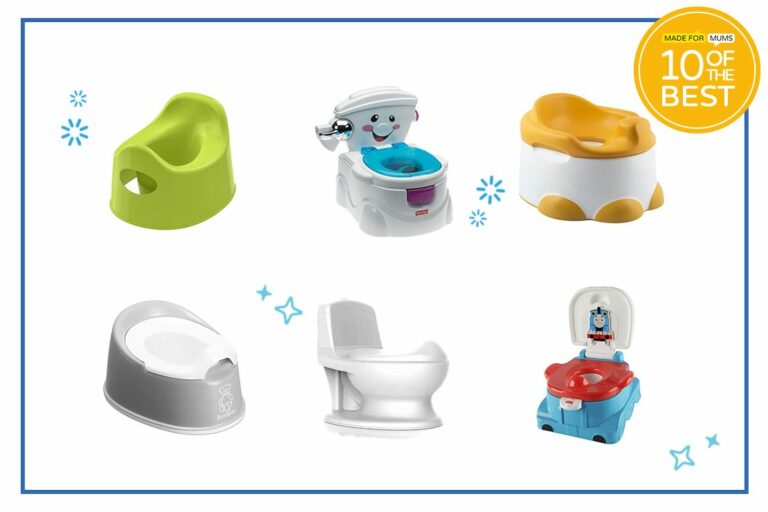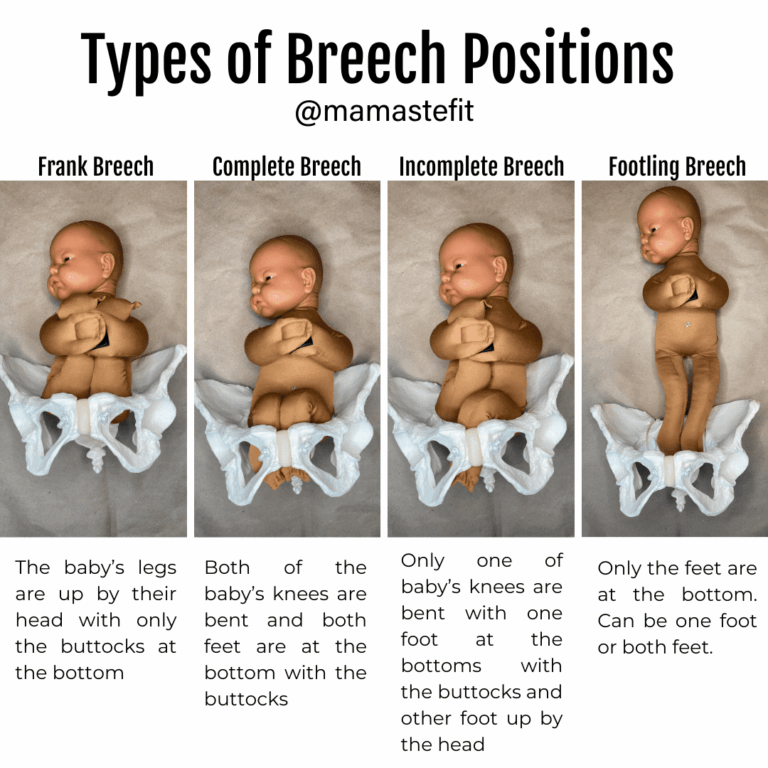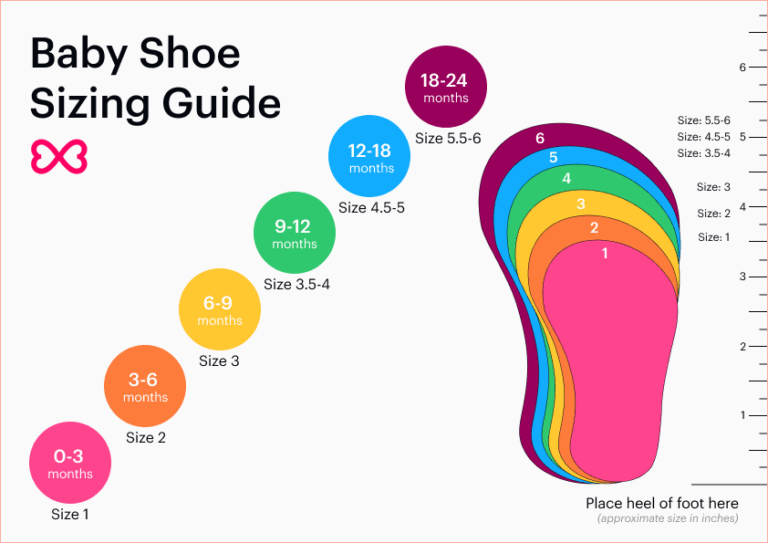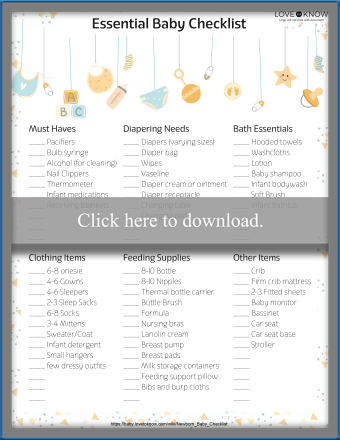Safety Tips for Carrying a Baby on Your Back: A Comprehensive Guide
Carrying your baby on your back can be a convenient and bonding experience for both parent and child. However, ensuring safety is paramount to protect your little one from potential risks. In this guide, we will explore essential safety tips for carrying a baby on your back to keep them secure and comfortable.
Let’s delve into the importance of proper positioning, choosing the right carrier, adjusting and securing it correctly, safe movements and activities, and recognizing signs of discomfort or improper fit.
Importance of Safety Tips
When it comes to carrying a baby on your back, safety should always be the top priority. Following safety tips is crucial to ensure the well-being and security of your baby.
Potential Risks of Improper Baby-Wearing
Improper baby-wearing techniques can lead to various risks and dangers for both the baby and the person carrying them. Some potential risks include:
- Strain on the baby’s neck and spine
- Difficulty breathing for the baby
- Falling or slipping of the baby from the carrier
- Incorrect positioning leading to discomfort or injury
Following safety tips can help prevent these risks and ensure a safe and comfortable experience for both the baby and the caregiver.
Proper Positioning
Carrying your baby on your back can be convenient and comfortable, but it is crucial to ensure they are positioned correctly to avoid any potential risks. Proper positioning is key to keeping your baby safe and secure while on the move.
Maintaining the Baby’s Airway
When carrying your baby on your back, it is essential to ensure that their airway remains clear and unobstructed at all times. Make sure that your baby’s chin is not pressed against their chest, as this can restrict their breathing. Their head should be positioned upright to allow for easy breathing and proper airflow.
- Use a carrier that provides adequate support for your baby’s head and neck.
- Regularly check on your baby to ensure their face is not covered by any fabric or material.
- Adjust the carrier straps to keep your baby’s head in a secure and comfortable position.
Positioning the Baby’s Arms and Legs
In addition to maintaining the baby’s airway, it is also important to ensure that their arms and legs are positioned safely while being carried on your back. Improper positioning of limbs can lead to discomfort or even injury for your baby.
- Make sure your baby’s arms are comfortably positioned inside the carrier, with their hands free and not restricted.
- Check that your baby’s legs are in a spread-squat position to promote healthy hip development.
- Adjust the carrier straps to ensure your baby’s legs are supported and not dangling uncomfortably.
Choosing the Right Carrier
When it comes to carrying your baby on your back, choosing the right carrier is crucial for both your comfort and your baby’s safety. There are various types of carriers available in the market, each with its own benefits and features.
Soft structured carriers, wraps, and slings are among the most popular choices for baby-wearing. Soft structured carriers are easy to use and provide good support for both the wearer and the baby. They often come with padded shoulder straps and waist belts for added comfort.
On the other hand, wraps and slings offer a more customizable fit and allow for different carrying positions. They are versatile and can be adjusted to suit both the baby’s and the wearer’s needs. Wraps are great for newborns, while slings are perfect for quick and easy carries.
When selecting a carrier, it is important to consider features such as adjustable straps, proper weight distribution, and breathable fabric. Adjustable straps ensure a secure fit, while proper weight distribution helps prevent back pain. Breathable fabric is essential to keep both you and your baby cool and comfortable, especially during hot weather.
Benefits of Soft Structured Carriers vs. Wraps or Slings
Soft Structured Carriers:
– Easy to use and provide good support.
– Come with padded straps for added comfort.
– Suitable for longer periods of baby-wearing.
Wraps or Slings:
– Offer a customizable fit for different carrying positions.
– Versatile and can be adjusted to suit individual needs.
– Ideal for newborns and quick carries.
Consider these benefits and features when choosing the right carrier for carrying your baby on your back.
Adjusting and Securing the Carrier

When it comes to carrying your baby on your back, ensuring the carrier is properly adjusted and secured is crucial for their safety and your peace of mind. Here are some steps to follow to make sure everything is in place before you start moving.
Proper Adjustment of the Carrier
- Start by adjusting the straps to fit your body comfortably. The carrier should sit snugly on your back without being too tight or too loose.
- Make sure the baby’s weight is evenly distributed across your shoulders and hips to prevent strain on your back.
- Check that the carrier is at the right height to ensure your baby is close enough for you to monitor and support them effectively.
Securing the Carrier for Safety
- Inspect all buckles, straps, and fabric for any signs of wear or damage before placing your baby in the carrier.
- Ensure that all buckles are securely fastened and that the straps are tightened to prevent any accidental slips or loosening while in motion.
- Double-check that the fabric of the carrier is not twisted or bunched up, as this could create discomfort for your baby and compromise their safety.
Ensuring Baby’s Security
- Before you start moving, gently bounce or sway to ensure your baby is snug and secure in the carrier. They should be close enough to kiss the top of their head without straining.
- Make sure your baby’s airways are clear and that they are in a natural and comfortable position, with their knees higher than their bottom to prevent slumping.
- Always keep one hand on your baby for added support and security, especially when bending or leaning forward.
Movement and Activities
Carrying your baby on your back can give you freedom of movement, but it’s important to do so safely. When engaging in activities with your baby on your back, consider their comfort and safety at all times.
Safe Movements and Activities
- Avoid sudden or jerky movements that can startle or destabilize the baby.
- Avoid bending over too far or making sharp turns that could cause the baby to shift uncomfortably.
- Choose activities that are gentle and steady to maintain the baby’s stability.
Maintaining Balance and Stability
- Keep your core engaged and your back straight to distribute the weight evenly.
- Use your arms to support the baby while moving to prevent unnecessary jostling.
- Take small steps and move slowly to maintain control and balance.
Signs of Discomfort or Improper Fit

Carrying your baby in a carrier can be a game-changer, but it’s crucial to be aware of signs that indicate your little one might not be feeling their best or that the carrier isn’t fitting correctly.
Identifying Discomfort or Improper Fit
- If your baby is arching their back or constantly squirming, it could mean they are uncomfortable in the carrier.
- Check for red marks or indentations on your baby’s skin, which may indicate that the carrier is too tight.
- Excessive drooling or fussiness could be signs of discomfort due to an improper fit.
Adjusting the Carrier
- Loosen or tighten the straps to ensure a snug but comfortable fit for your baby.
- Make sure your baby’s legs are in an ergonomic “M” position to prevent hip dysplasia.
- Check that the carrier is supporting your baby’s head and neck adequately.
Repositioning the Baby
- If you notice any signs of discomfort, try shifting your baby’s position slightly.
- Ensure your baby’s face is visible and not obstructed by any fabric to promote proper breathing.
- Monitor your baby’s body alignment and adjust as needed to prevent strain.
When to Remove the Baby for Safety Reasons
- If your baby continues to show signs of discomfort even after adjusting the carrier, it’s best to take them out.
- In case of any visible marks on your baby’s skin or unusual crying, remove them from the carrier immediately.
- Always prioritize your baby’s comfort and safety over convenience when using a carrier.
FAQ Summary
What are the potential risks of improper baby-wearing?
Improper baby-wearing can lead to issues like restricted airflow, discomfort for the baby, and potential accidents such as falls or slips.
How can I ensure my baby’s arms and legs are in a safe position?
Make sure your baby’s arms are free and not constricted by the carrier. Their legs should be in a spread-squat position to support healthy hip development.
What are the key features to consider when selecting a carrier for baby-wearing?
Consider factors like proper weight distribution, adjustable straps for a secure fit, breathable fabric, and ergonomic design to ensure both comfort and safety.
What movements should I avoid when carrying a baby on my back?
Avoid sudden bending, twisting, or vigorous activities that could destabilize your balance and potentially harm your baby.
How can I tell if my baby is uncomfortable in the carrier?
Look out for signs like fussiness, red marks on the skin, or restlessness. If you notice any discomfort, adjust the carrier or reposition your baby.





